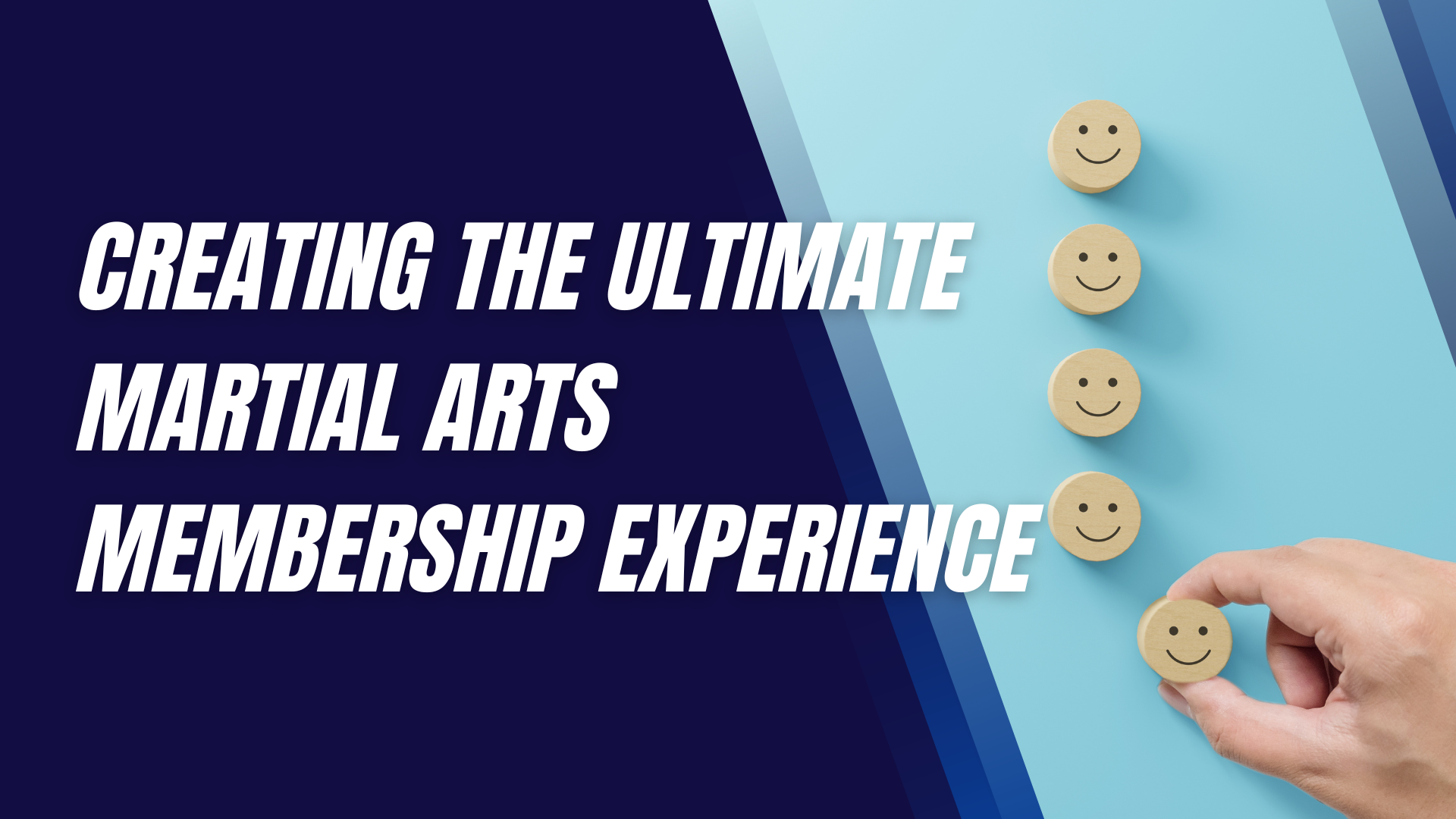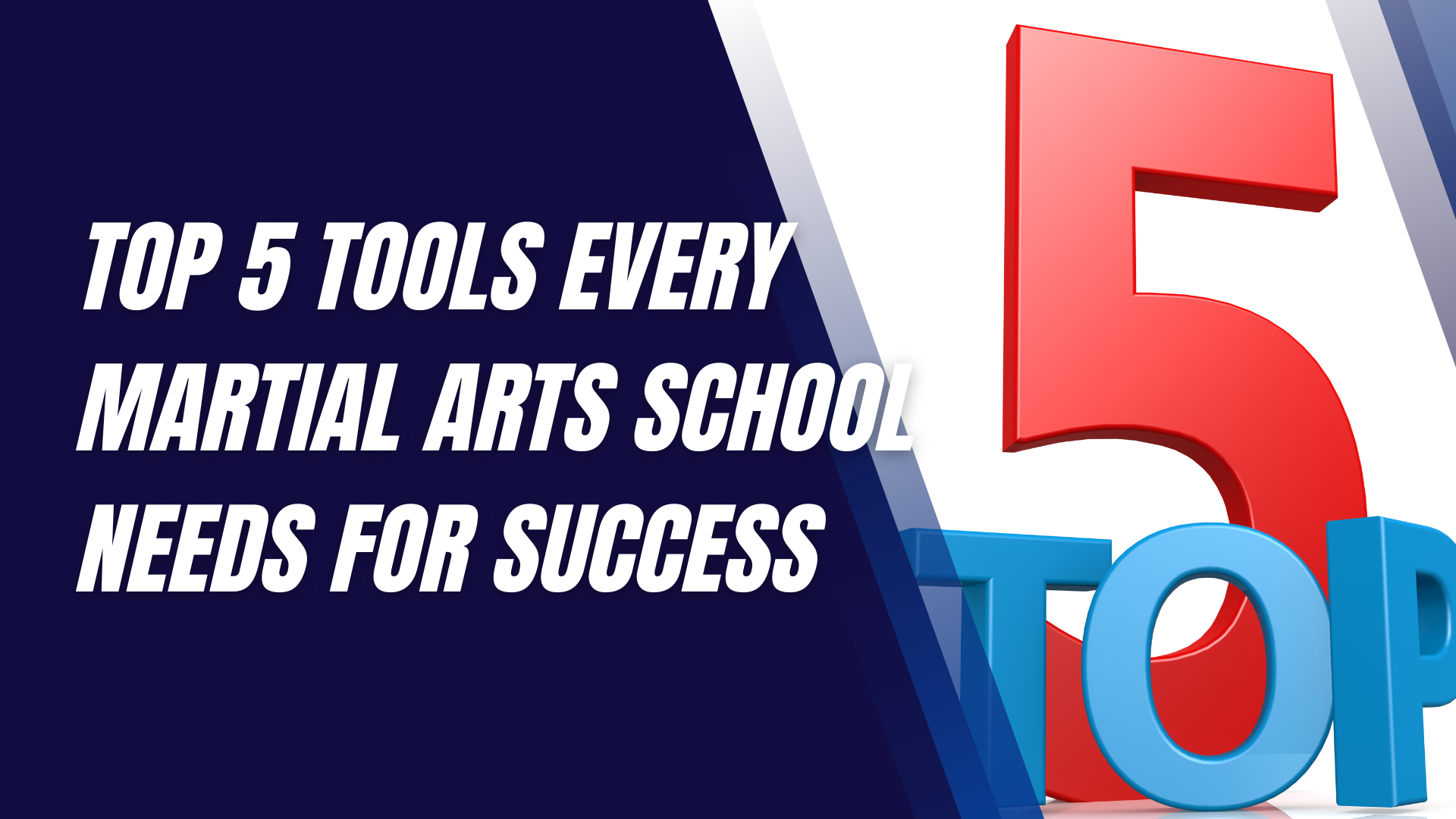How to Launch a Martial Arts Clothing and Gear Store
The martial arts retail industry is a dynamic sector catering to athletes and practitioners of various disciplines such as karate, jiu-jitsu, taekwondo, and mixed martial arts (MMA).
This niche market offers tremendous opportunities for entrepreneurs passionate about martial arts, allowing them to sell clothing, protective gear, and accessories that cater to a diverse group of enthusiasts. As the popularity of martial arts continues to grow, particularly in fitness and self-defense, opening a store that sells martial arts apparel and gear can be both fulfilling and financially rewarding.
However, launching a successful martial arts clothing and gear store requires more than just passion. It involves careful planning, market research, and an effective marketing strategy. This guide will walk you through every step, from conceptualizing your business to scaling your operations, ensuring you can establish a thriving store that meets the needs of your target audience.
Conducting Market Research for Martial Arts Retail
Before diving into the logistics of your business, conducting thorough market research is crucial. Understanding the landscape of the martial arts retail industry, identifying customer needs, and studying your competition will help shape your business strategy.
Understanding Your Target Audience
Your target audience will vary based on the martial arts disciplines you plan to cater to. Martial artists require specialized clothing and equipment tailored to their practice—karate practitioners need a specific gi, while MMA fighters look for rash guards, gloves, and shorts. Tailoring your product offerings to specific martial arts communities will allow you to connect more deeply with your customers. Consider the demographics of your audience—age, gender, skill level—and how they influence purchasing behavior.
Competitor Analysis
Studying your competition gives you insight into what works and where opportunities lie. Research other martial arts retailers, both local and online, to understand their pricing strategies, product offerings, and customer service. Identify what gaps exist in their services and how you can differentiate your store. Offering unique products, better customer support, or a more personalized shopping experience can set your business apart.
Identifying Market Gaps and Opportunities
Look for unmet needs in the market. For example, is there a lack of affordable but high-quality gear? Is there demand for eco-friendly or custom martial arts apparel? Finding these niches and tailoring your offerings to them can give you a competitive advantage.
Business Planning for a Martial Arts Store
A strong business plan acts as the roadmap for your martial arts clothing and gear store. It outlines your business goals, operational plans, and financial projections, giving you a clear direction and helping secure funding if needed.
Creating a Solid Business Plan
Your business plan should cover essential aspects like your store’s mission, target market, product lineup, and how you plan to attract customers. A well-structured plan also highlights your short-term and long-term goals, ensuring you remain focused on growth.
Setting Clear Objectives and Goals
Establish specific, measurable, achievable, relevant, and time-bound (SMART) goals for your business. For example, your goal might be to sell 1,000 units in the first quarter or to open an online store within six months. These goals keep you motivated and provide a benchmark for success.
Budgeting and Financial Planning
Estimating your startup costs is vital. Your budget should include expenses such as rent (if opening a physical store), inventory, marketing, employee wages, and website development. Financial planning will also help you manage cash flow and ensure your business remains profitable.
Choosing the Right Martial Arts Products to Sell
The success of your store largely depends on the products you offer. Martial artists need a wide range of gear, from clothing to protective equipment, and your product lineup should reflect this variety.
Martial Arts Clothing (Gi, Belts, Rash Guards, etc.)
One of the core offerings in your store will be martial arts uniforms, known as gi. These come in different sizes, materials, and designs depending on the martial arts discipline. Offer gi for karate, Brazilian jiu-jitsu, and other martial arts. You can also sell belts that signify rank and rash guards for no-gi grappling sports like MMA.
Protective Gear (Headgear, Gloves, Shin Guards, etc.)
Safety gear is crucial in martial arts, where contact is common. Stock high-quality headgear, mouthguards, gloves, shin guards, and chest protectors to ensure that your customers can train safely. Ensure that your products meet safety standards and come in a variety of sizes to fit different body types.
Accessories (Bags, Mouthguards, etc.)
Beyond the essentials, martial artists need accessories like gym bags, water bottles, and towels. Stocking these items can increase your average order value and enhance the shopping experience for customers looking to complete their gear kit.
Sourcing from Manufacturers and Wholesalers
To ensure profitability, source your products from reliable manufacturers and wholesalers who offer high-quality items at competitive prices. Whether you opt for domestic or international suppliers, prioritize product quality, delivery speed, and pricing.
Finding Reliable Suppliers and Manufacturers
Choosing the right supplier is crucial for maintaining product quality and ensuring timely deliveries. There are two main categories to consider: domestic and international suppliers.
Domestic vs. International Suppliers
Domestic suppliers offer faster shipping times and easier communication, but their products can be more expensive. On the other hand, international suppliers, particularly from regions like Asia, can provide more affordable products, though there may be challenges such as longer shipping times and potential language barriers.
Evaluating Quality and Pricing
Ensure you evaluate your suppliers based on product quality, price, reliability, and their ability to meet your volume needs. Ordering samples before committing to large orders is a good practice to assess the quality firsthand.
Negotiating with Suppliers
Building relationships with suppliers is key. Negotiate for better pricing, payment terms, or exclusive rights to certain products. Having strong supplier relationships can help you maintain a steady inventory and reduce costs over time.
Final Thoughts
Launching a martial arts clothing and gear store requires strategic planning, a deep understanding of your target market, and the ability to source high-quality products. By conducting thorough market research, creating a detailed business plan, and establishing strong relationships with suppliers, you can position your store to meet the demands of martial artists from various disciplines. Whether you choose to operate a physical store, an e-commerce platform, or a combination of both, focusing on excellent customer service and smart marketing strategies will drive success.
Interested in trying a martial arts class? Find an affiliated academy anywhere in the country by clicking here.
Have your own martial arts program? Get to know more about what we have to offer at Ground Standard Agency for helping martial arts businesses grow.
Email us at info@groundstandard.com, or call and text us at (732) 907-8920 today to learn how to start growing your own academy, school, dojo, or gym with us as well.
Share this article












